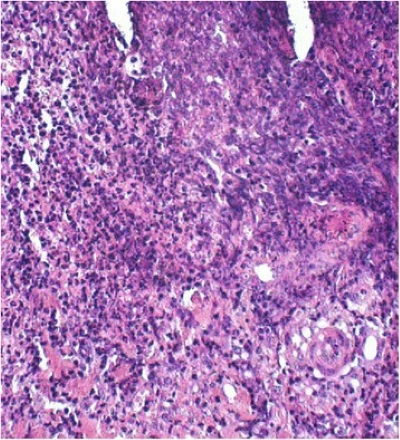
Footrot
Project Team: Jose Perez-Casal, Tracy Prysliak
Collaborators: Dr. Joyce Van Donkersgoed (Dr. Joyce Van Donkersgoed Inc.), Dr. Karen Schwartzkopf-Genswein (Agriculture and Agri-Food Canada, Lethbridge)
Interdigital phlegmon, foot rot, associated with Fusobacterium necrophorum is one of the most frequent infectious diseases in beef cattle. Foot rot results in 74% of all lameness diagnoses in calves and causes lower weight gain and economic loss. In southern Alberta feedlots, foot rot is typically the second most treated infectious disease.
The current treatment for chronic foot rot is cephalosporins, which are costly and raises concern for antimicrobial resistance development. In addition to improved management factors that reduce the risk of disease (e.g., such as pen/pasture conditions), the best way to prevent infectious diseases is through effective vaccination.
The available vaccine on the Canadian market requires two shots and is based on old isolates that may not represent the current strains circulating in Canada. Our team is developing multivalent vaccine candidates to provide broader coverage. The candidates incorporate current isolates of F. necrophorum from Saskatchewan and Alberta feedlots, together with antigens of other pathogens associated with foot rot.
An effective vaccine against foot rot would benefit the Saskatchewan, Alberta, and Canadian cattle industry by reducing the economic losses associated with treatment and labor, reduced growth performance, and culling all while improving animal welfare.
Learn more:
Funding provided by:
- Saskatchewan Agriculture Development Fund (ADF)

